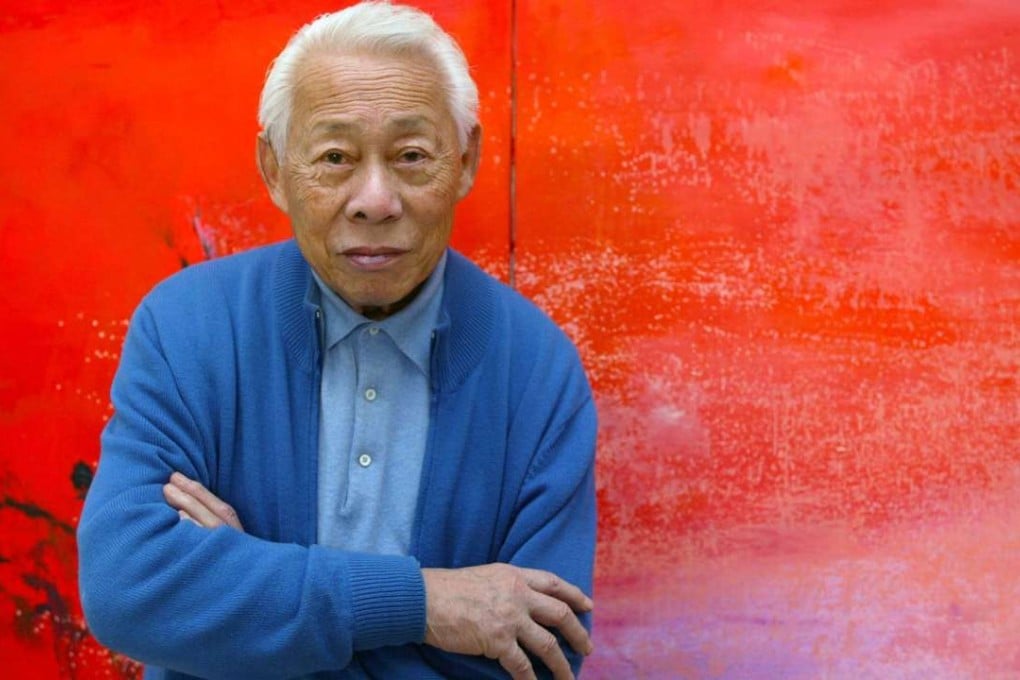Three generations of Chinese artists who’ve made Paris home, and how they changed French art
Since the 1920s, artists from China have revelled in the cultural freedoms of the French capital, blending Western and Chinese aesthetics and giving expression to ideas that could never have flourished at home

IN 1989, JEAN-HUBERT MARTIN rocked the foundations of the Parisian art world with his landmark exhibition, “Magiciens de la Terre”, which provoked heated debate about the alleged divide between Western and non-Western art. Focusing on work from Asia and Africa at a time when an “international exhibition” meant featuring artists from New York, Martin illustrated to his peers how diverse contemporary art could be and why limiting their world to a European or American perspective was both narrow-minded and self-referential.

The defections made headlines around the world but they were not unprecedented. Quite the contrary, in fact, as they allowed Paris to re-establish itself as a haven for Chinese artists, a label it had worn comfortably for 60 years.
Paris was home to the most dynamic art scene in the world for the first half of the 20th century and that coveted position was due, in no small part, to an influx of immigrant artists, who brought with them a diverse range of styles. But while men such as Picasso, Chagall, Miro, Modigliani and Dali have been celebrated for their contribution to the avant-garde art wave, less attention has been paid to the Chinese artists who made Paris their home in the inter- and post-war years. Bringing with them traditions dating back millennia and an aesthetic entirely at odds with the Western art of the time, the resulting culture clash would have a profound effect on both the artists themselves and French concepts of culture.

Sanyu and Lin Fengmian, while not nearly as famous as their Spanish counterparts, were established members of the Parisian art scene by 1930. Sichuan-born Sanyu, who was trained in traditional Chinese painting and calligraphy, became a fixture of Montparnasse café society and was deeply influenced by the city’s fabled salons.
